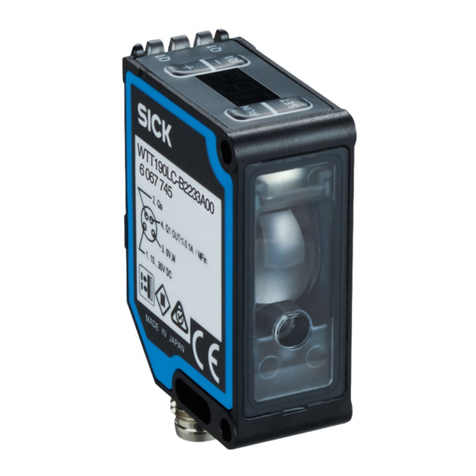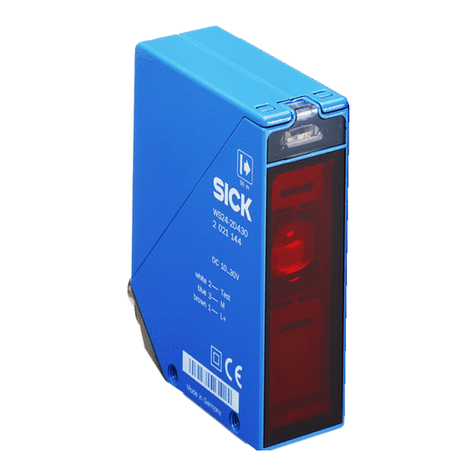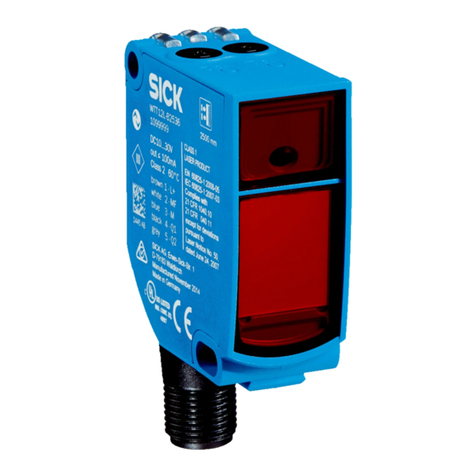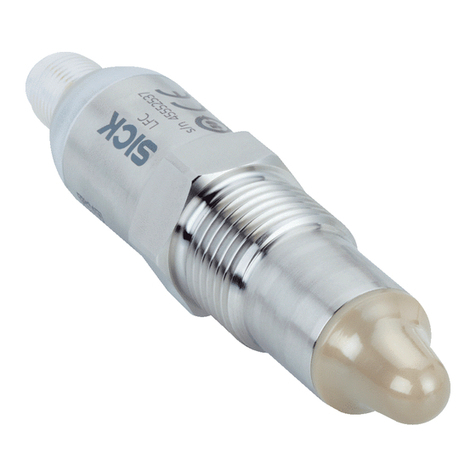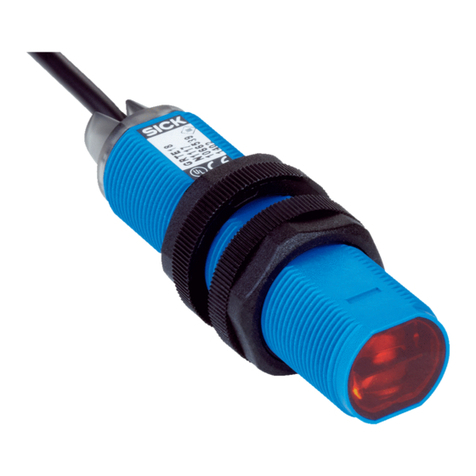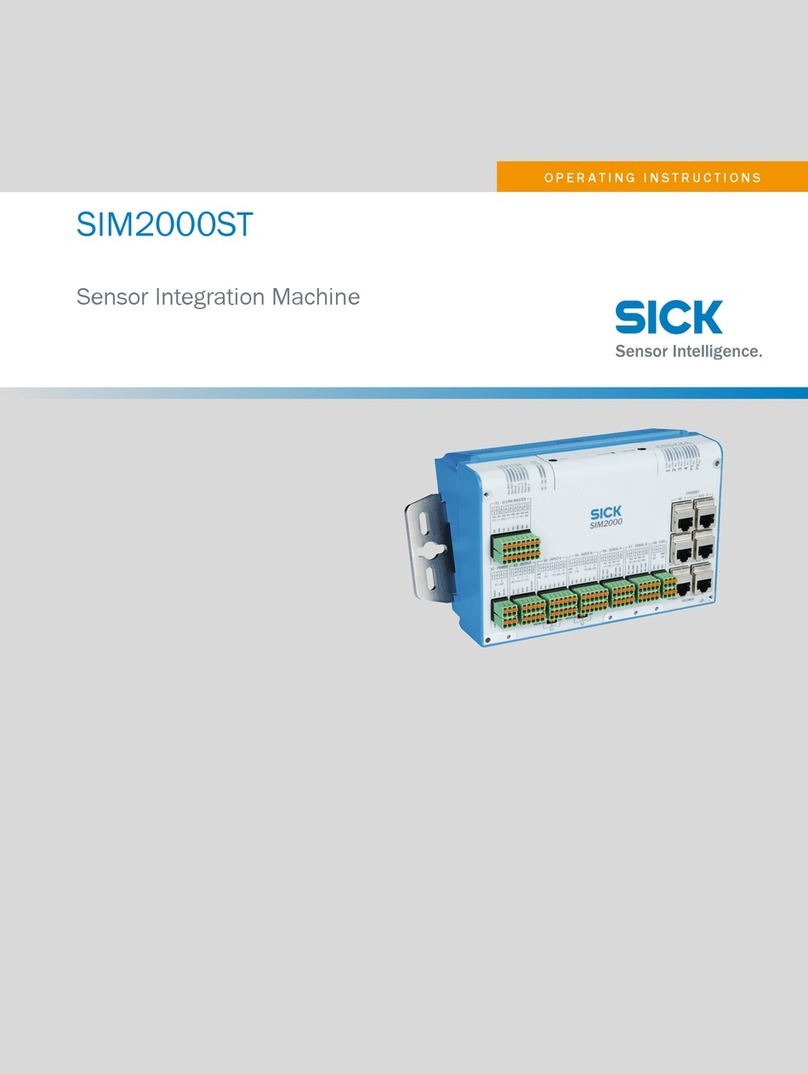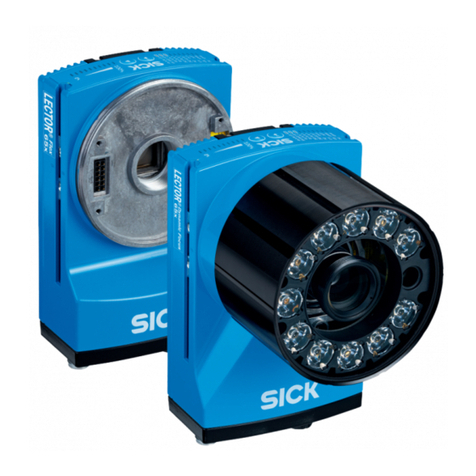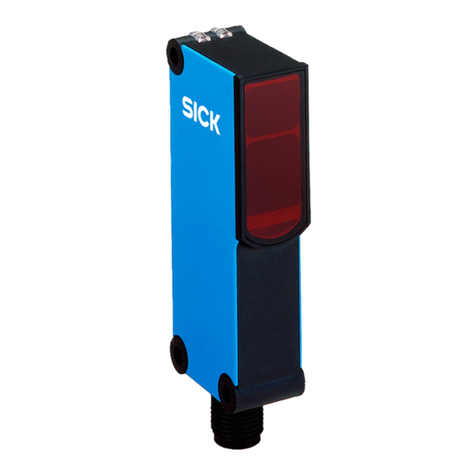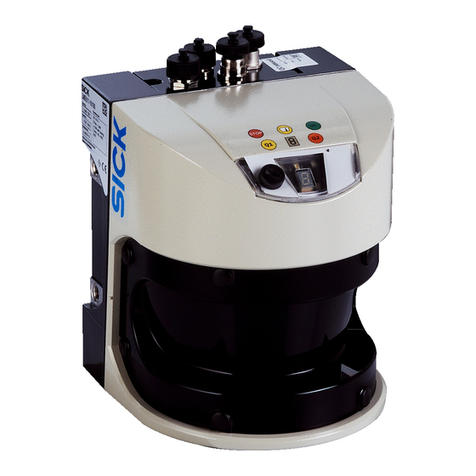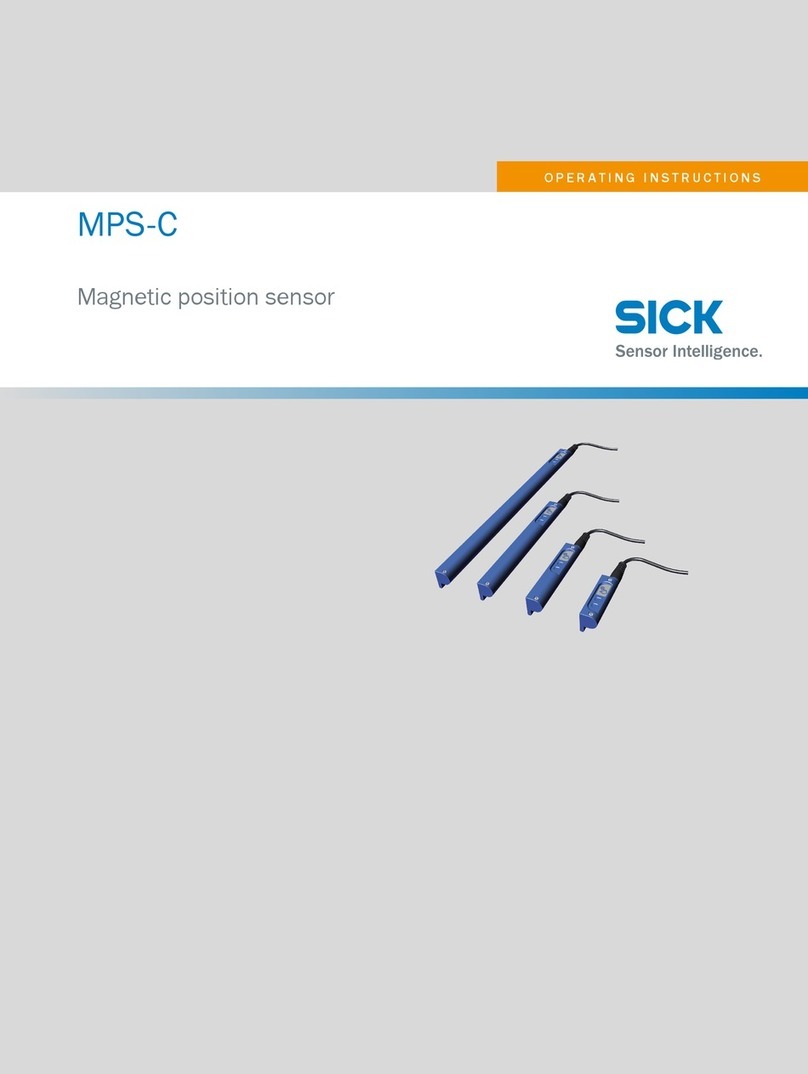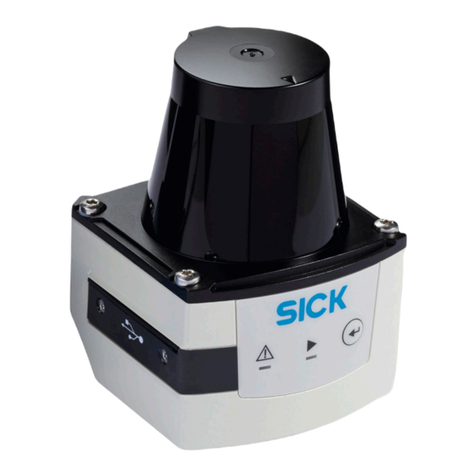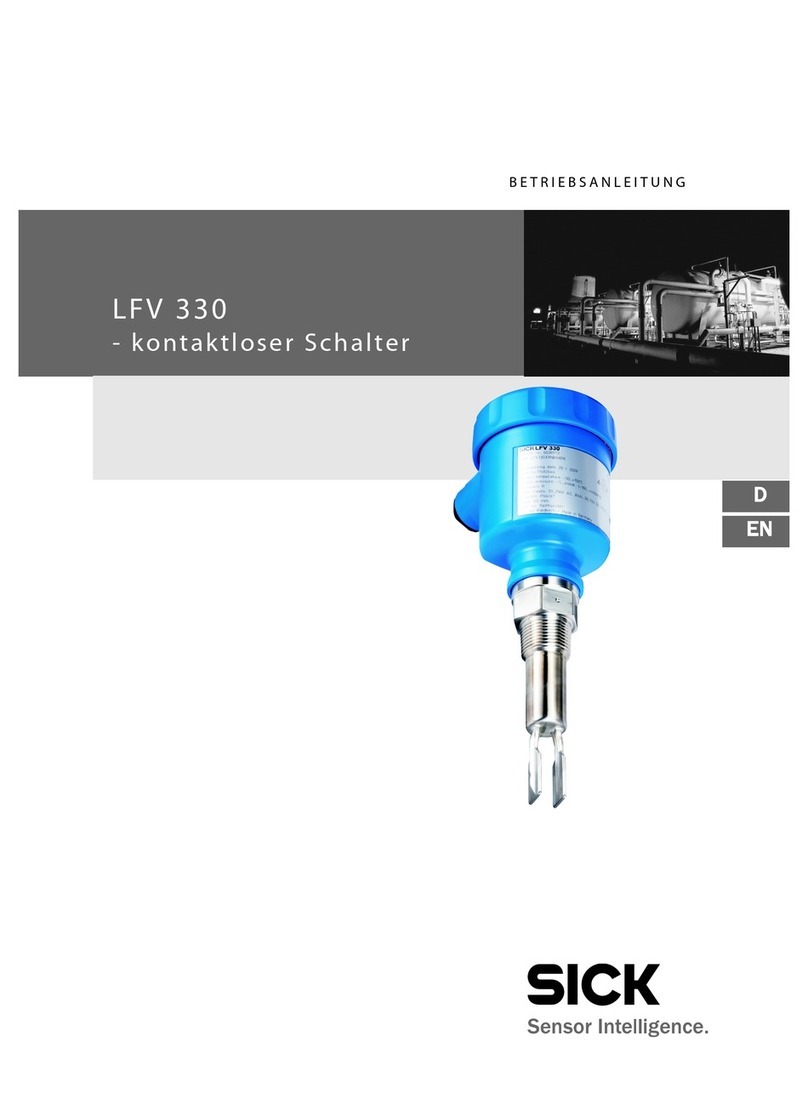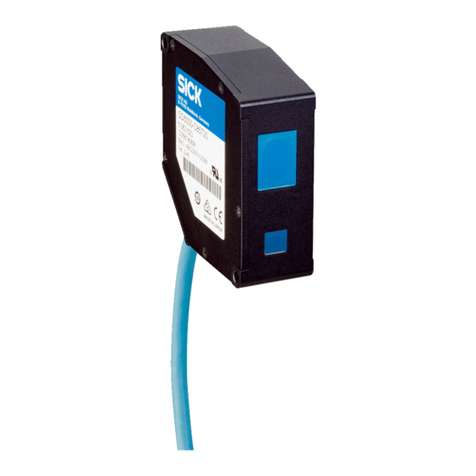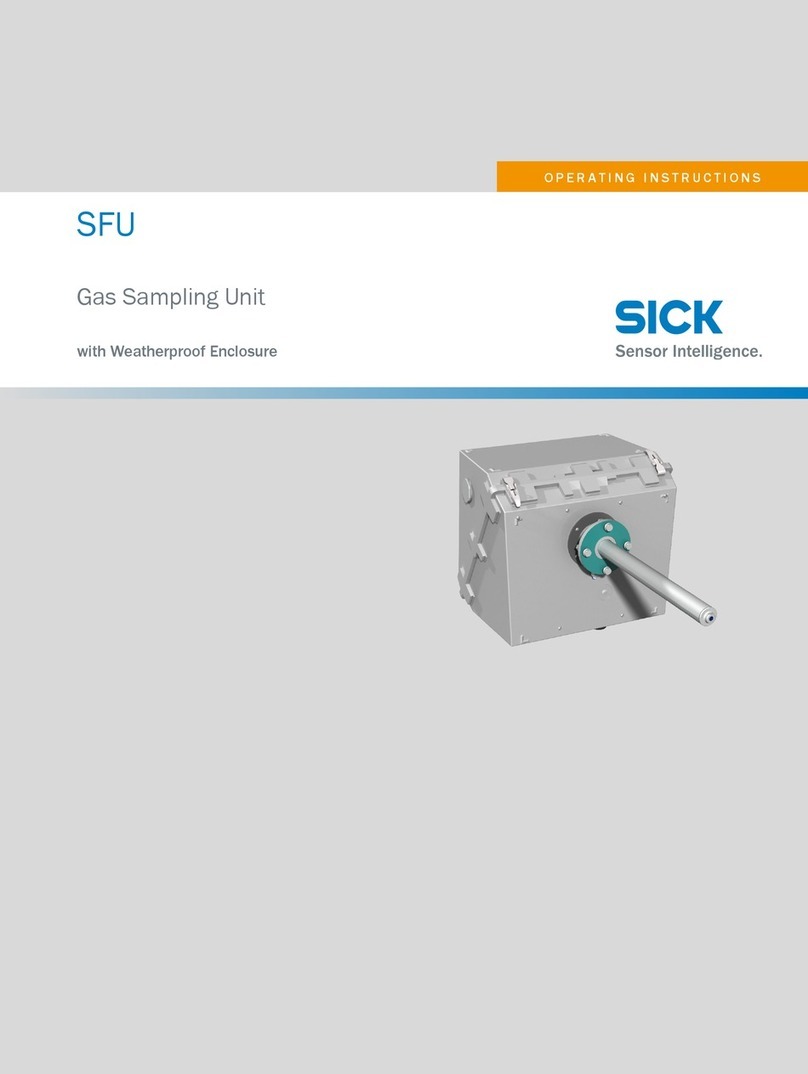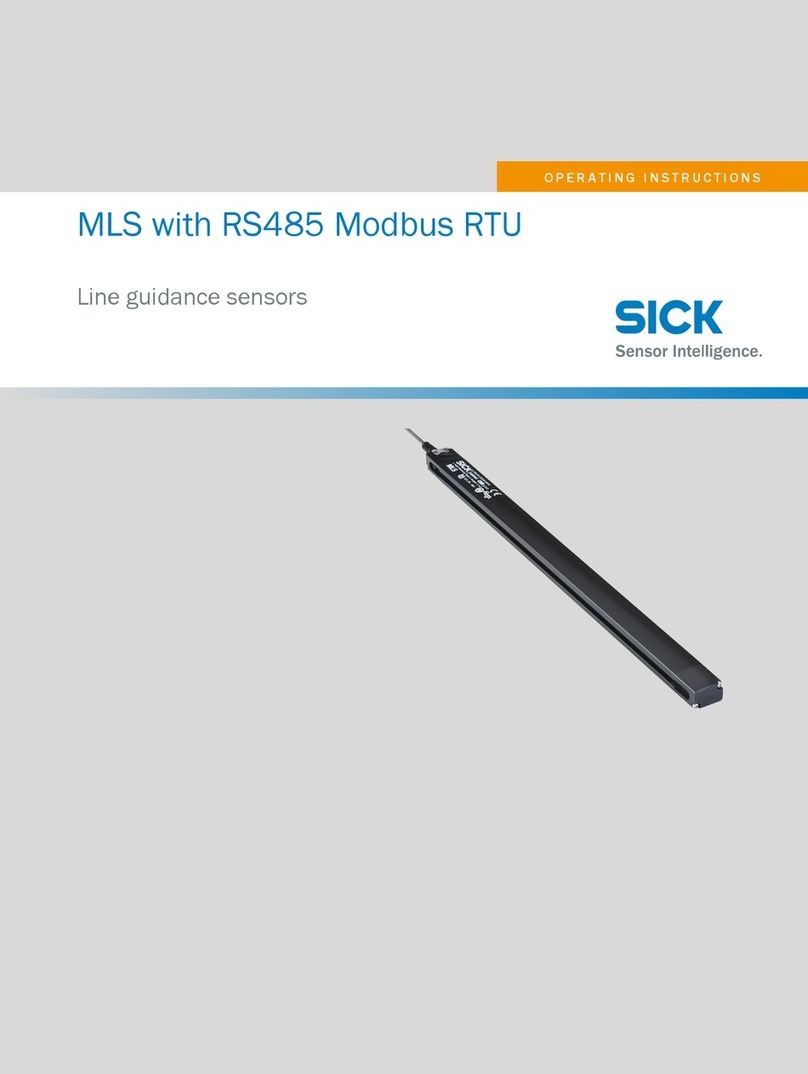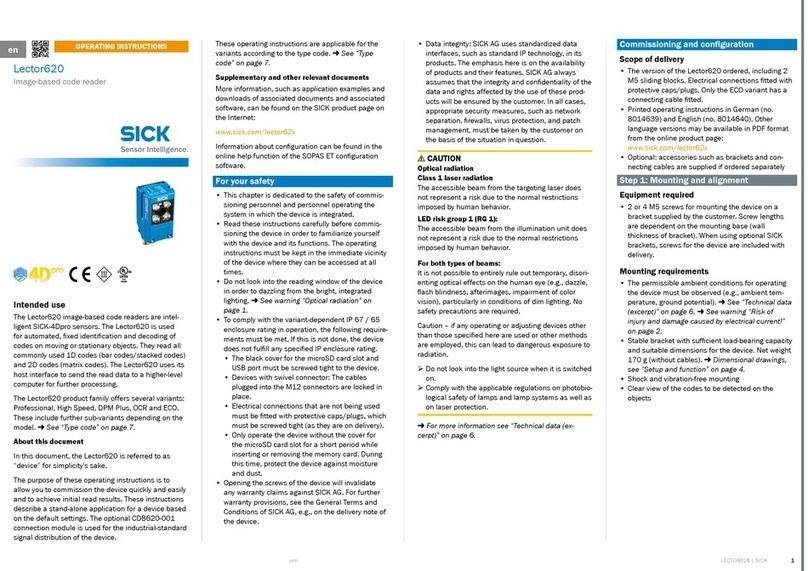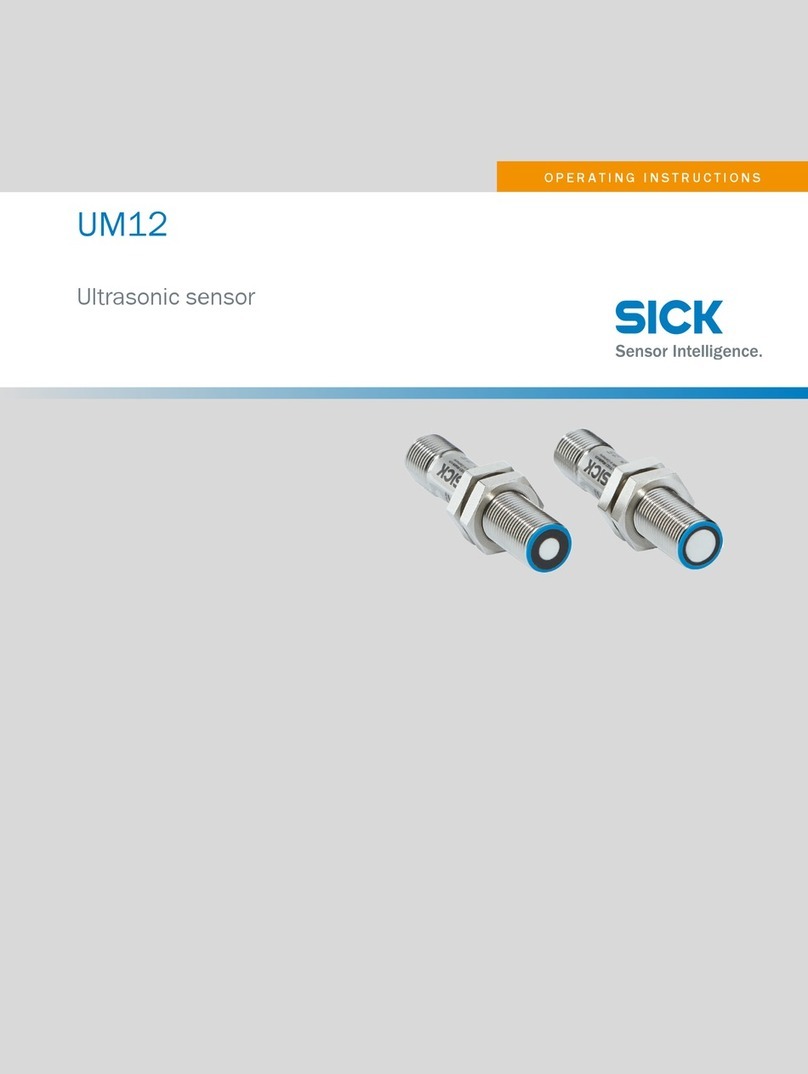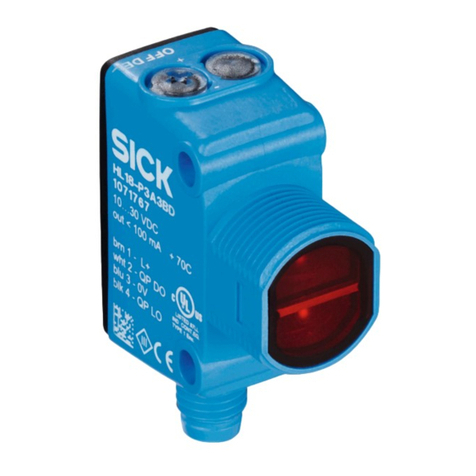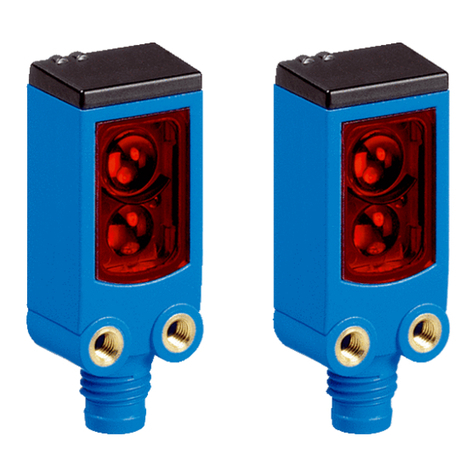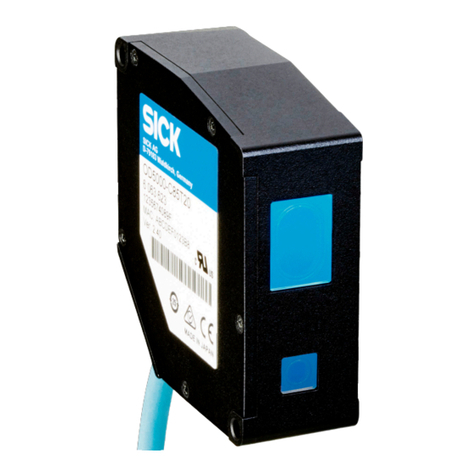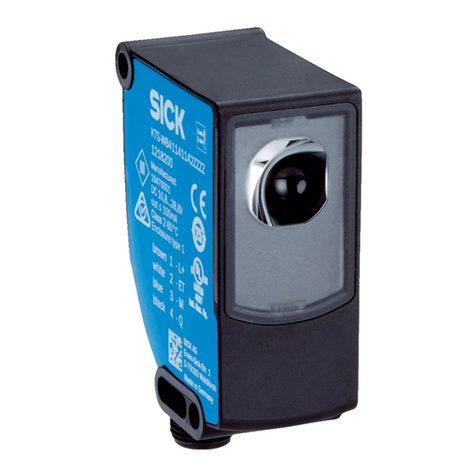
OPERATING INSTRUCTIONS | CFP CUBIC8021989 / 2017-10-20 | SICK AG
Subject to change without notice
3
Content
1 About this document .......................................................................................6
1.1 Information on the operating instructions...............................................................6
1.2 Scope .........................................................................................................................6
1.3 Explanation of symbols.............................................................................................6
1.4 Further information ...................................................................................................7
1.5 Customer service ......................................................................................................7
2 Safety information ...........................................................................................8
2.1 Intended use..............................................................................................................8
2.2 Improper use .............................................................................................................8
2.3 Limitation of liability..................................................................................................8
2.4 Modications and conversions.................................................................................8
2.5 Requirements for skilled persons and operating personnel ..................................9
2.6 Operational safety and specic hazards..................................................................9
2.7 General safety notes .............................................................................................. 10
2.8 Repairs.................................................................................................................... 10
3 Product description....................................................................................... 11
3.1 Product identication............................................................................................. 11
3.1.1 Information on the housing.................................................................... 11
3.1.2 Type code ................................................................................................ 11
3.2 Product characteristics .......................................................................................... 12
3.2.1 Device view ............................................................................................. 12
3.2.2 Operating buttons................................................................................... 12
3.3 Product features and functions............................................................................. 12
3.3.1 Principle of operation ............................................................................. 12
3.3.2 Fields of application ............................................................................... 12
4 Transport and storage .................................................................................. 13
4.1 Transport................................................................................................................. 13
4.2 Transport inspection .............................................................................................. 13
4.3 Storage.................................................................................................................... 13
5 Mounting......................................................................................................... 14
5.1 Installation conditions............................................................................................ 14
5.2 Installation in a container...................................................................................... 14
6 Electrical installation .................................................................................... 15
6.1 Safety ...................................................................................................................... 15
6.1.1 Notes on the electrical installation........................................................ 15
6.2 Electrical connection.............................................................................................. 16
6.2.1 Overview of the electrical connections ................................................. 16
6.2.2 Pin assignment, M12 plug connector, 5-pin
(depending on the variant)..................................................................... 16
6.2.3 Pin assignment, M12 plug connector, 8-pin ......................................... 17
